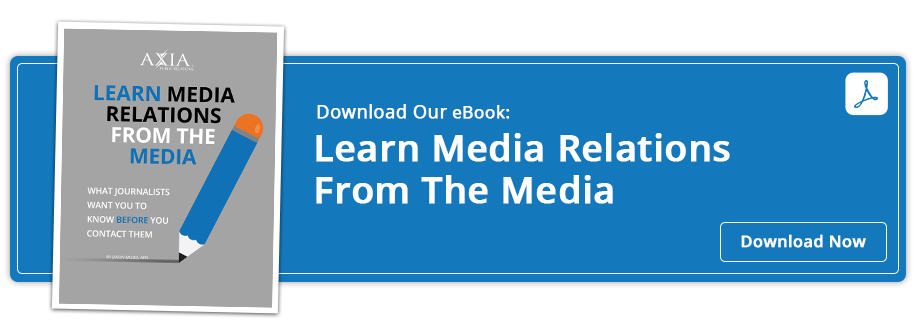Understanding the optimal timing for pitches will help you pitch like a pro.
 Crafting the perfect media pitch takes time and effort. You've identified relevant media targets, created personalized pitches, and included critical information and compelling angles. But what about timing? When you hit “send” can be just as important to your pitch's success.
Crafting the perfect media pitch takes time and effort. You've identified relevant media targets, created personalized pitches, and included critical information and compelling angles. But what about timing? When you hit “send” can be just as important to your pitch's success.
Audio: Listen to this article.
Paying attention to the days and times you distribute pitches can drastically improve open and response rates. While every journalist has their own habits and preferences, researchers have found some overarching best practices to follow.
What are the best days and times to pitch for impact and success?
New research from Muck Rack shows that the day of the week doesn’t matter to most journalists, but Tuesdays, Wednesdays, and Thursdays tend to be optimal days for sending pitches. Mondays are often consumed by catching up on weekend backlogs, while Fridays are often spent wrapping up end-of-week tasks and planning for the weekend.
Tuesdays, Wednesdays, and Thursdays are typically when journalists are heads-down on pitching, writing, and editing stories. Sending your ideas on these days will ensure they land amongst the flurry of other pitches competing for attention.
The 10 a.m. to 2 p.m. timeframe is generally recommended for sending pitches. This window overlaps with the hours journalists often clear their inboxes, assess the latest news, and actively commission stories. Their mornings might be filled with meetings, planning, and administrative tasks. By late afternoon, they’re often devoted to hitting daily deadlines and finishing up lingering items.
Avoid the post-lunch slump.
While 10 a.m. to 2 p.m. offers your best shot, 2 p.m. to 6 p.m. is usually a slower period. Attention spans wane after busy mornings. Journalists often have a packed schedule of meetings or are racing to meet end-of-day deadlines during this time.
Unless you have an exceptionally time-sensitive pitch, it’s best to avoid this late afternoon period when open and response rates decline.
Don’t pitch on weekends.
Avoid weekends entirely for sending pitches. Many journalists’ Inboxes overflow between Friday evening and Monday morning, so unless your pitch is an emergency or absolute breaking news, it will likely get lost in the shuffle.
Journalists often use weekends to recharge, spend time with family, and prepare for the coming week. They rarely assess pitches or commission stories over the weekend. Hitting send between Friday evening and Monday morning could waste your chance of getting the journalist’s attention.
Keep special occasions in mind.
When assessing the best times to send your pitches, you'll also want to consider special events and seasons. Treat public holidays similarly to weekends, keeping your emails to a minimum.
Additionally, be cautious of industry conferences, award shows, or other occupational events that dominate journalists' schedules and attention. Avoid bombarding their inboxes during the bustle of activity surrounding these occasions.
Localize your approach.
To further optimize your pitch timing, account for the location of your targets. Tailor your delivery windows to the recipients' time zones, accounting for their hours of business operations.
However, don't assume every journalist works a traditional 9 to 5 schedule. Publications based overseas and newer digital outlets may have shifted or variable hours of peak productivity. Do your homework on your recipients' typical rhythms and windows of availability.
Get to know your audience.
Every media organization and journalist has unique habits, preferences, and policies regarding pitches. As you assess response rates from your outreach efforts, look for patterns in the days and times that yield the highest engagement. Refine your approach based on tangible signs of success.
Testing different days and windows will help you determine what works best for your niche, beat, and targets. While broad recommendations serve as a starting point, nothing beats customization informed by experience with your list. Mastering the "when" of your pitching will ensure your great ideas land with maximum impact.
For more information on how we can elevate your PR strategy, contact us today or book a one-on-one consultation.
Photo by Aphiwat chuangchoem
Topics: media relations, earned media, news media


Comment on This Article